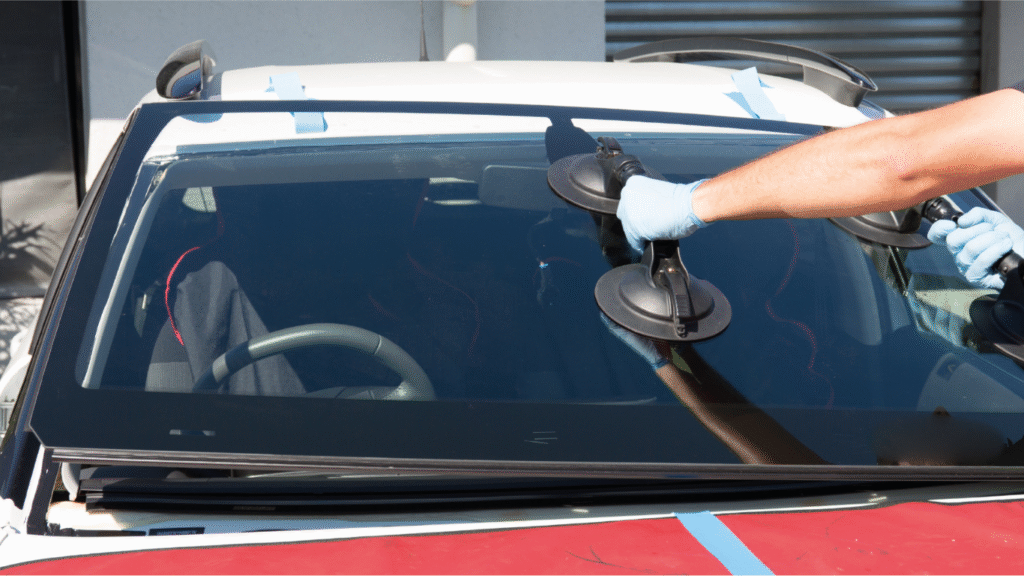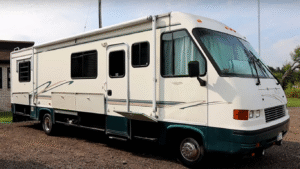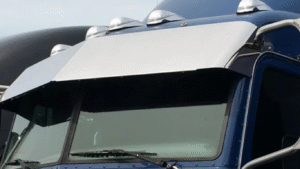Arizona is known for its scorching summers, dry climate, dust storms, and sudden temperature changes — and all of that can do a number on your windshield. So, what type of windshield works best in such extreme conditions? If you’re in Phoenix or anywhere in the desert southwest, here’s what you need to know.
Why Arizona Weather Is Hard on Windshields
Phoenix can hit 110°F or more during peak summer. Add in blowing sand, monsoon winds, and cold desert nights, and your windshield ends up facing intense stress.
These conditions cause glass to expand and contract rapidly, especially when you go from a blazing hot parking lot into a cool, air-conditioned car. This can turn a tiny chip into a full-blown crack in hours — a common reason for windshield repair in Phoenix.
According to data from the Auto Glass Safety Council, Arizona has one of the highest rates of windshield damage in the U.S., mostly due to climate and road debris.
Best Windshield Types for Arizona Drivers
1. Heat-Reflective Windshields
These are engineered with a metal oxide coating that reflects infrared (IR) rays, reducing interior heat buildup. For Phoenix drivers, this means:
- Less interior fading
- Cooler cabin temperature
- Less stress on the glass itself
They’re ideal for car windshield replacement in Phoenix, especially for daily drivers parked outdoors.
2. UV-Protective Laminated Windshields
All modern windshields are laminated, but some offer enhanced UV protection — blocking up to 99% of UV rays. That’s huge in Arizona, where sun exposure is year-round. This glass helps prevent dashboard cracking, skin damage, and keeps adhesives from deteriorating too quickly.
If you’re going in for windshield replacement Phoenix, ask if UV-enhanced options are available.
3. Acoustic Glass (for Comfort)
Arizona’s roads can get noisy, especially during monsoon season. Acoustic laminated windshields not only help with soundproofing but also provide better heat insulation — keeping your A/C working less overtime.
These are a smart choice for RV windshield replacement and truck windshield replacement where cabin comfort matters on longer drives.
4. OEM vs. Aftermarket Glass: Does It Matter in Heat?
Absolutely. OEM (Original Equipment Manufacturer) windshields match your car’s specs exactly and often come with the same heat and UV ratings as your factory glass. While aftermarket glass can work well, it’s crucial to go with a reputable provider like Auto Glass Shop to ensure the glass can withstand Arizona’s intense conditions.
It’s Not Just the Glass — It’s the Installation
Even the best windshield won’t hold up in Arizona heat if installed improperly. The urethane adhesive must cure properly, and the technician must understand how heat affects bonding time.
At Auto Glass Shop, our team specializes in windshield repair Phoenix and full replacements using high-quality, Arizona-tested glass. Whether you’re in need of a quick fix or a complete car, RV, or truck windshield replacement, we’ve got you covered.
If your windshield is already chipped, get it checked now. Phoenix heat can cause overnight crack expansion — leading to full windshield replacement Phoenix instead of a quick repair.
Frequently Asked Questions
Do I really need heat-reflective glass in Phoenix?
Yes — it helps protect your interior, reduces glare, and lowers the cabin temperature, which is a big plus during Arizona’s brutal summers.
Can regular laminated glass survive in Arizona’s climate?
It can, but enhanced UV and heat-reflective options are better suited for long-term durability in desert conditions.
Is OEM glass better than aftermarket in extreme heat?
In general, yes. OEM glass is tested for your car’s specs, including its reaction to heat. Reputable auto glass shops may offer high-grade aftermarket options too.
How do I know if my windshield offers UV protection?
Check the specs on your glass or ask your installer. Many windshield replacement Phoenix providers, like Auto Glass Shop, offer UV-enhanced glass by request.
Will heat-resistant windshields cost more?
Slightly, yes — but they offer long-term value by reducing damage, keeping your vehicle cooler, and protecting your interior materials from sun exposure.





